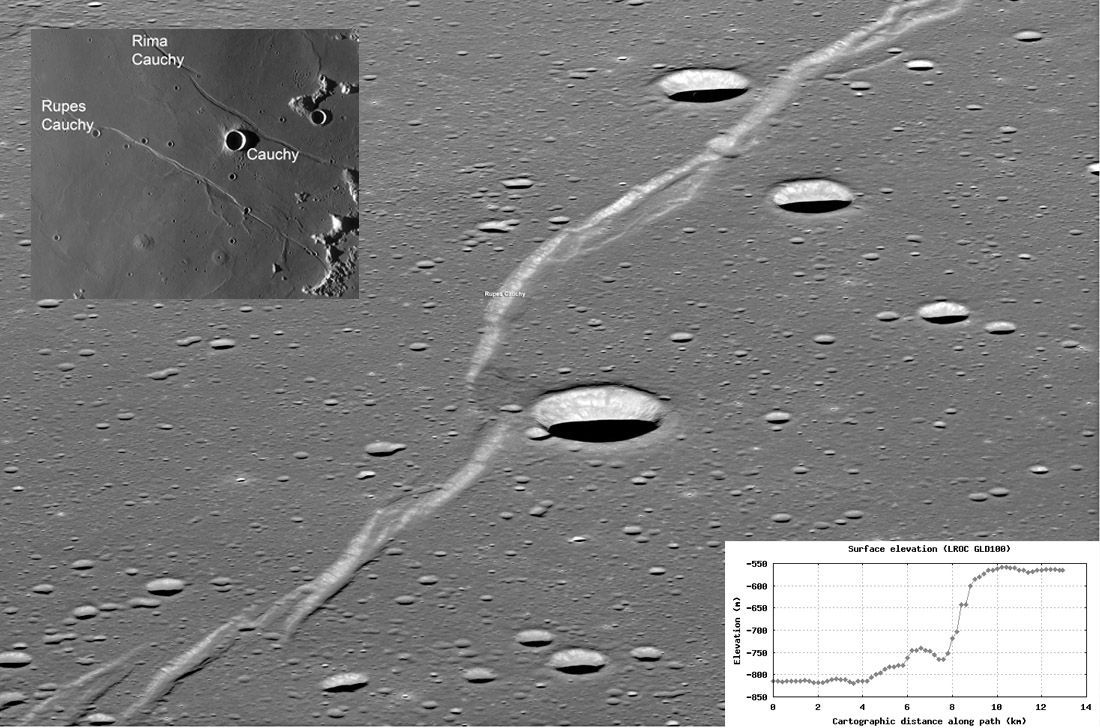Difference between revisions of "July 26, 2012"
| (6 intermediate revisions by the same user not shown) | |||
| Line 1: | Line 1: | ||
__NOTOC__ | __NOTOC__ | ||
=Scrappy Scarp= | =Scrappy Scarp= | ||
| − | + | <!-- Start of content --> | |
<!-- ws:start:WikiTextHeadingRule:0:<h1> --> | <!-- ws:start:WikiTextHeadingRule:0:<h1> --> | ||
<!-- ws:start:WikiTextLocalImageRule:6:<img src="/file/view/LPOD-Jul26-12.jpg/354844890/LPOD-Jul26-12.jpg" alt="" title="" /> -->[[File:LPOD-Jul26-12.jpg|LPOD-Jul26-12.jpg]]<!-- ws:end:WikiTextLocalImageRule:6 --><br /> | <!-- ws:start:WikiTextLocalImageRule:6:<img src="/file/view/LPOD-Jul26-12.jpg/354844890/LPOD-Jul26-12.jpg" alt="" title="" /> -->[[File:LPOD-Jul26-12.jpg|LPOD-Jul26-12.jpg]]<!-- ws:end:WikiTextLocalImageRule:6 --><br /> | ||
| Line 11: | Line 11: | ||
<br /> | <br /> | ||
<strong>Related Links</strong><br /> | <strong>Related Links</strong><br /> | ||
| − | Rükl plate [ | + | Rükl plate [https://the-moon.us/wiki/R%C3%BCkl_36 36]<br /> |
<br /> | <br /> | ||
| + | <p><b>Yesterday's LPOD:</b> [[July 25, 2012|Mystical Minsk Miracle]] </p> | ||
| + | <p><b>Tomorrow's LPOD:</b> [[July 27, 2012|Amazing Graces]] </p> | ||
<hr /> | <hr /> | ||
| + | {{wiki/ArticleFooter}} | ||
Latest revision as of 17:49, 13 October 2018
Scrappy Scarp

LRO images from NASA/GSFC/Arizona State University
From Earth, a telescopic view like that in the small insert would be an exceptional treat. But now, with LRO looking to the side as well as straight down we can investigate lunar features better than ever before. The east looking view of the large image is along the Cauchy Fault, with the 6 km wide crater Cauchy B being just below the "y" in the Rupes Cauchy label on the insert. This fault seems softer and less steep than the Straigh Wall, suggesting that the Cauchy Fault may be older - it is hard to date faults! On the LRO Featured Image page geologist Jeff Plescia says the fault is about 300 high with an average slope of ~15°. Two things of interest are well illustrated with this view. First, at bottom left the fault changes into a rille, or as geologists say, a graben. The transformation is a little messy, with a shallow depression at the foot of the scarp - as occurs other places along the front of the fault - disappearing for a kilometer or two and then becoming deeper. This transitional segment cuts across a short rille that is offset, with another offset, or en echelon, segment close to the bottom right corner. The fault also changes into a rille at its eastern end - I am unaware that anyone has modeled the stresses that would cause this to occur. The second thing that fascinates me are the wedges of material that occur at top right and above the Cauchy B crater. The topo cross-section traces the top wedge from right to left. The wedge bends up from the level mare to a height of about 60 m and then drops to a valley (visible in the large image), from which the fault scarp rises. These wedges are of especial interest to me because I was one of the first people to report them. In an issue of the BAA journal The Moon from the mid-60s I described a rille at the base of the scarp that I observed with a Kit Peak 16" telescope. I could see the narrow shadow cast by the wedge but didn't detect the wedge itself.
Chuck Wood
Related Links
Rükl plate 36
Yesterday's LPOD: Mystical Minsk Miracle
Tomorrow's LPOD: Amazing Graces
COMMENTS?
Register, Log in, and join in the comments.



